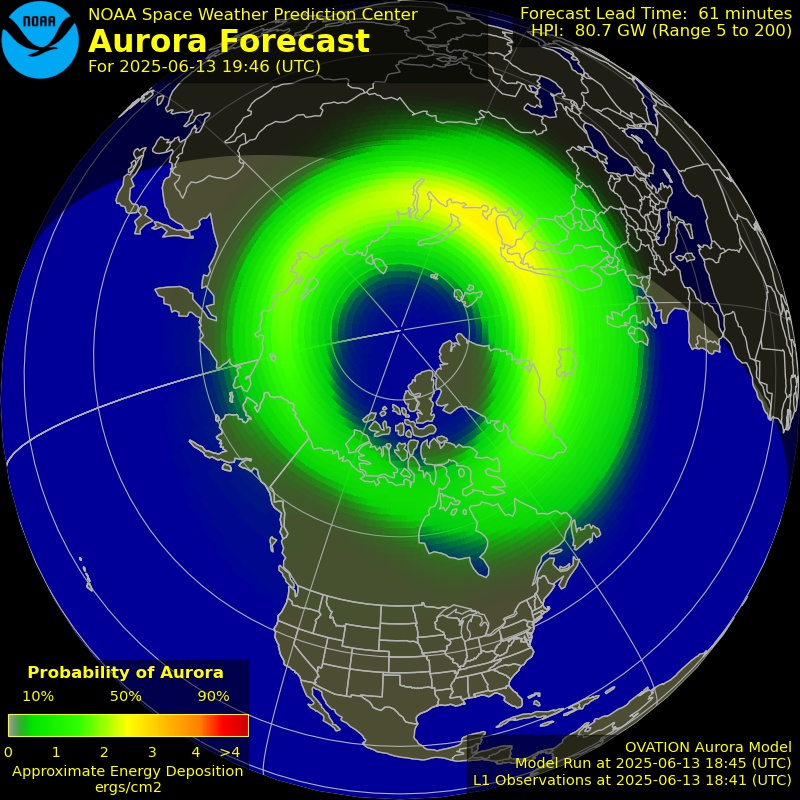Kids and thin ice – a dangerous holiday combo
Nov 28, 2019 05:17AM ● By Editor
Photo: Mankato Times
From the Minnesota Department of Natural Resources - November 28, 2019
As excited as they are about the holiday season, many kids are equally curious when it comes to the ice. Talking with children about ice safety now will help them stay safe during this festive time.
“We want families to get out on the ice and have a good time when conditions allow— but we also want parents to make sure kids know ice is never 100 percent safe,” said DNR conservation officer Adam Block. “They should never go on the ice alone, and they should wear a life jacket and bring safety equipment, including ice picks and a cell phone in case of an emergency. Also tell them to never follow a friend or pet onto potentially dangerous ice.”
Lakes and ponds that appear frozen are inviting spots for ice skaters and children looking to explore. But ice thickness varies greatly at this time of year. Measure ice thickness in multiple locations before walking on it. There must be at least 4 inches of solid, clear ice for safe walking. Even if the ice is thick enough for walking, always watch children closely.
“By all means, get outside this holiday — but if you’re hosting a party and you live near a pond, lake, or stream, be sure someone is keeping an eye on any kids near the ice,” said Lisa Dugan, DNR recreation safety outreach coordinator. “And make certain that all the adults know who the designee is.”
It can be easy to overlook precautions during outdoor holiday celebrations, so put safety first by following ice safety guidelines.
Ice safety guidelines
No ice can ever be considered “safe ice,” but following these guidelines can minimize your risk while on the ice:
- Always wear a life jacket on the ice (except when in a vehicle).
- Children need to be supervised when they are near the ice.
- Warn children to stay off ponds, streams, and other bodies of water.
- A thin coating of ice on a pond or lake does not mean it is safe.
- Check ice thickness at regular intervals – conditions can change quickly.
- Before heading out, inquire about conditions and known hazards with local experts.
- Avoid channels and rivers.
The minimum ice thickness guidelines for new, clear ice are:
- 4 inches for ice fishing or other activities on foot.
- 5-7 inches for a snowmobile or all-terrain vehicle.
- 8-12 inches for a car or small pickup.
- 12-15 inches for a medium truck.
- Double these minimums for white ice or ice covered with heavy snow.
For more information, visit mndnr.gov/icesafety and mndnr.gov/boatingsafety.

